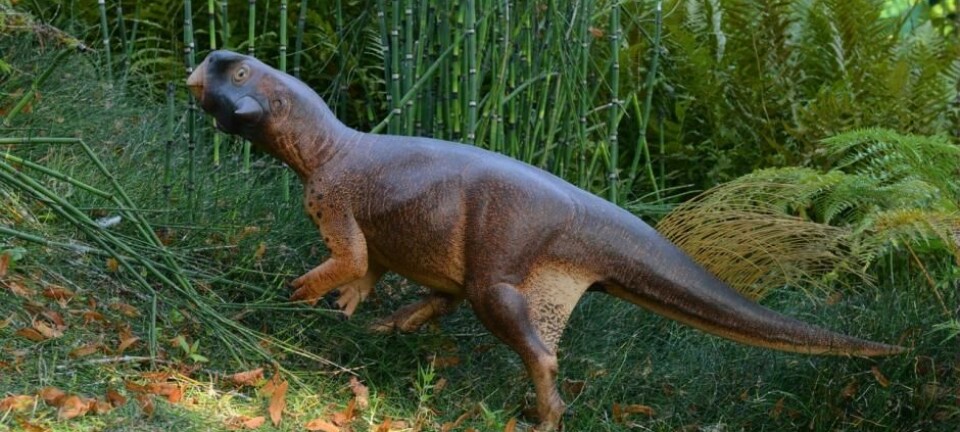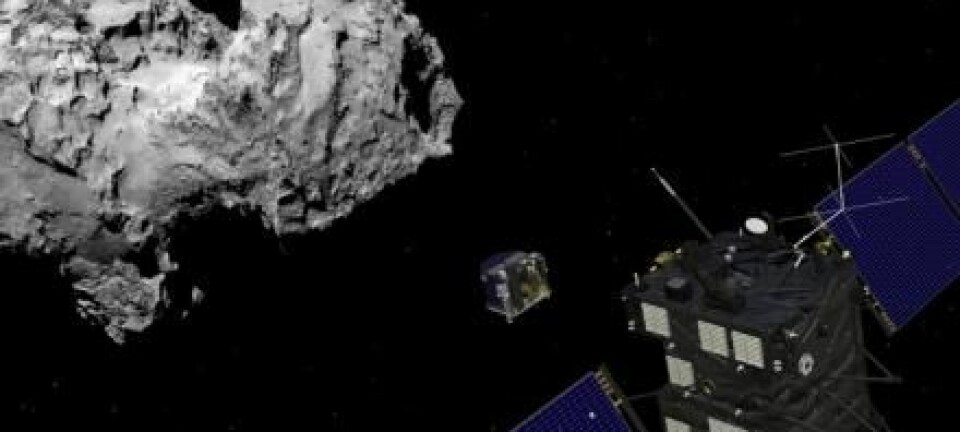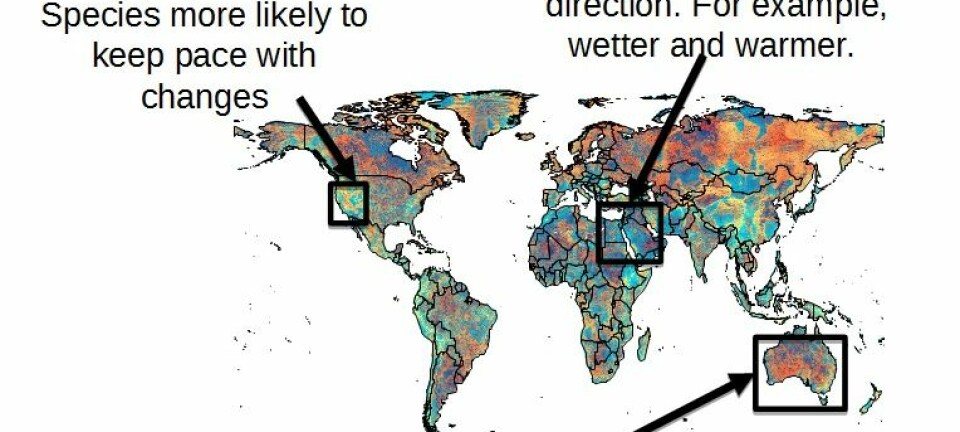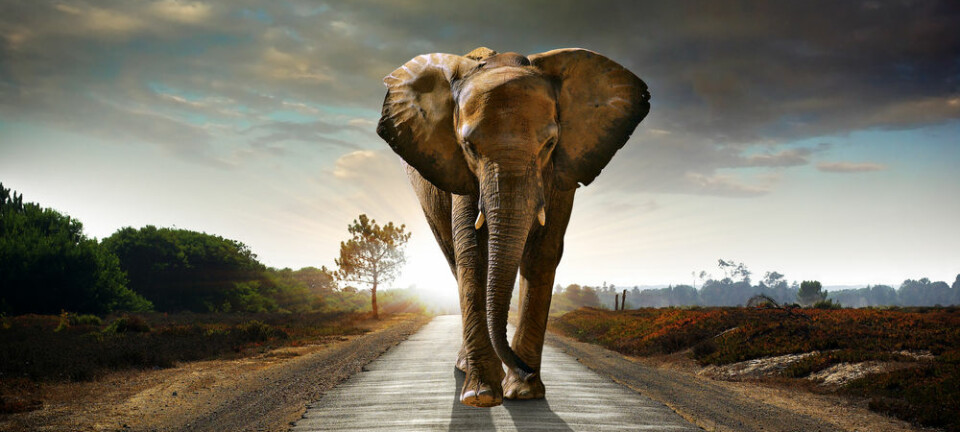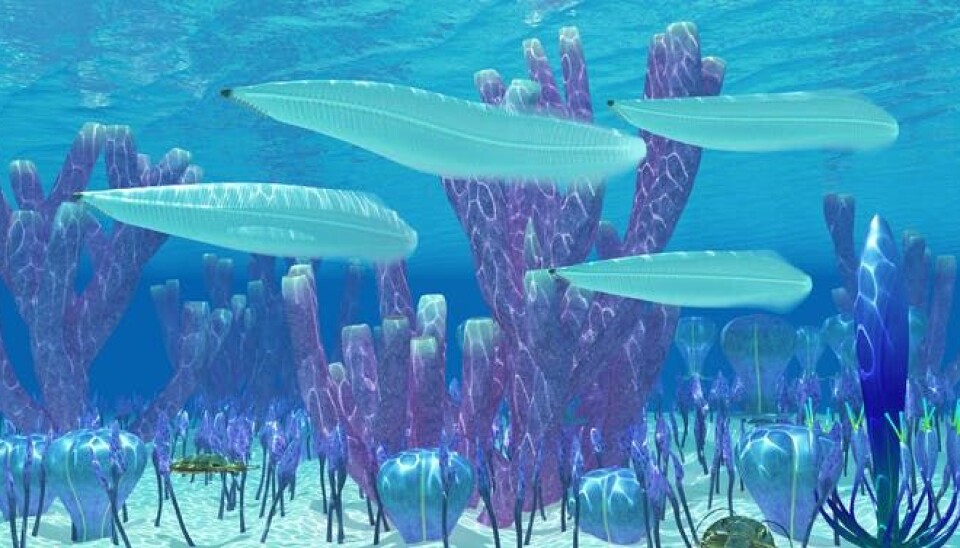
Cancer tumours could help unravel the mystery of the Cambrian explosion
Around 543 million years ago, the fossil record goes from showing no animal fossils to suddenly showing tracks and body fossils all over the globe. But what caused this explosion of complex life?
Could tumours help us explain the explosion of life of Earth? Scientists have typically explained the period of history when large animal species became much more diverse very quickly as the result of the planet’s rising oxygen levels. But my colleagues and I have developed a new idea that the change might have started within animals’ own biology, based on evidence from proteins found in tumours. It wasn’t until animals developed these proteins that they could take advantage of the oxygen and start diversifying.
From the start of the Cambrian period 543m years ago, the number of animal species grew dramatically. The fossil record goes from showing no animal fossils to suddenly showing tracks and body fossils all over the globe. All major animal groups, including the ancestors of vertebrates, showed up over just a few tens of millions of years (a short period in geological time).
Until now, scientists have tended to argue this “Cambrian explosion” was caused by an increase in the number of locations in the atmosphere and oceans with high levels of oxygen. This is based on the idea that oxygen makes it easier for animals to produce energy and then grow and develop in different ways.
But what if this wasn’t the case? Oxygen may provide an unparalleled way for animals to produce energy, but it isn’t necessarily easy for multicellular organisms to start benefiting from higher levels of oxygen. It seems especially unlikely because all multicellular organisms must continuously renew their body tissue using stem cells, cells that do not like oxygen.
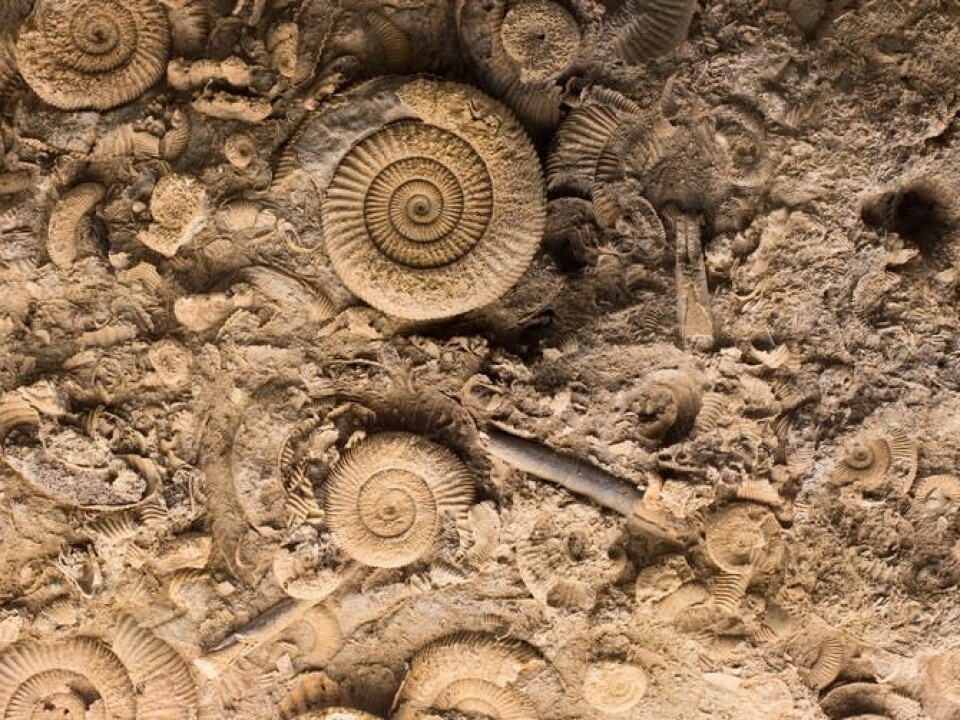
There are trillions of cells in the human body and we renew as many cells of them every year (some more often and others more rarely). We do this using a source of stem cells, special cells that can turn into any other kind of cell in our body. The stem cells reside quietly in our tissues until new cells are needed.
Stem cells generally don’t like oxygen because it causes them to lose their ability to make new cells. As soon as a stem cell loses this privileged state, it starts to become an ordinary cell, one of the masses. These common cells all have a specific task and so are known as differentiated cells. Each one knows its destiny, does its job, and then dies. This raises the question of how we preserve our pools of stem cells when many of our tissues are soaked in oxygen. And this is where studying cancer tumours comes in.
Tumours are groups of cells with uncontrollable growth, that start as a single cells and successfully make the leap to multicellular entities (just like the ancestors of animals did). Tumours also have their own cancer stem cells that help them whether or not there is lots of oxygen present.
To maintain these stem cell properties, especially when oxygen is plentiful, they get help from a specific biological mechanism, a protein referred to has HIF-2a. Our idea is that these proteins allowed multicellular organisms to finally cope with lots of oxygen.
The proteins would control the switch to stem cell properties, even with lots of oxygen present. The organisms would then finally be able to enter and make use of oxygen-rich environments. Then they could evolve complex tissue and sophisticated organs such as the brain or kidneys that use lots of energy.
These proteins are unique to animals, and the most effective set of proteins – possessed only by vertebrates – evolved before the ability to make oxygen-carrying red blood cells, as shown in our study. This supports the idea that animals had to evolve a way to control and maintain stem cells properties before we could soak our tissue in oxygen.
Matching evidence
The new theory also fits with other observations about Earth’s history, such as the fact that increases in oxygen in the atmosphere seem to have occurred long before and out-of-synch with animals becoming more diverse. Or that certain multicellular organisms lived in oxygen-rich environments more than a billion years before the Cambrian explosion but didn’t start diversifying.
This idea that oxygen-rich environments were actually challenging for lifeforms to cope with raises questions about when low-oxygen might actually be good for our bodies. For example, it seems low-oxygen levels are important for when we produce offspring.
![]() Our view also has implications for why we are vulnerable. Developing the protein that allowed us to access oxygen and evolve complex organs like the brain also had its downsides. Now we have a brain that demands energy and cannot survive without oxygen. And when that protein works in an uncontrolled way, it may create tumours. Perhaps cancer is an inevitable side-effect of being able to take advantage of the amazing energy-releasing potential of oxygen.
Our view also has implications for why we are vulnerable. Developing the protein that allowed us to access oxygen and evolve complex organs like the brain also had its downsides. Now we have a brain that demands energy and cannot survive without oxygen. And when that protein works in an uncontrolled way, it may create tumours. Perhaps cancer is an inevitable side-effect of being able to take advantage of the amazing energy-releasing potential of oxygen.

This article was originally published on The Conversation. Read the original article.
Emma Hammarlund receives funding from the Swedish Research Council.
